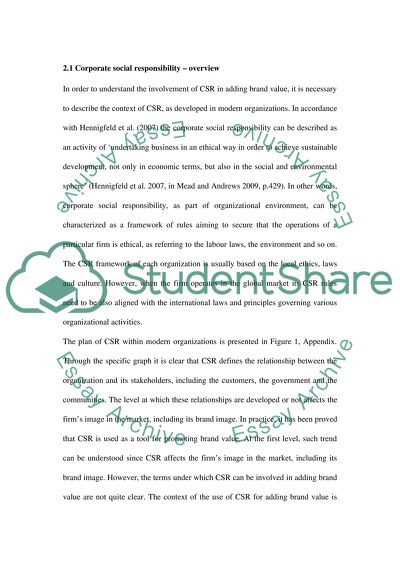Cite this document
(“Corporate Social Responsibility Adds to Brand Value Essay”, n.d.)
Corporate Social Responsibility Adds to Brand Value Essay. Retrieved from https://studentshare.org/marketing/1442236-corporate-social-responsibility-adds-to-brand
Corporate Social Responsibility Adds to Brand Value Essay. Retrieved from https://studentshare.org/marketing/1442236-corporate-social-responsibility-adds-to-brand
(Corporate Social Responsibility Adds to Brand Value Essay)
Corporate Social Responsibility Adds to Brand Value Essay. https://studentshare.org/marketing/1442236-corporate-social-responsibility-adds-to-brand.
Corporate Social Responsibility Adds to Brand Value Essay. https://studentshare.org/marketing/1442236-corporate-social-responsibility-adds-to-brand.
“Corporate Social Responsibility Adds to Brand Value Essay”, n.d. https://studentshare.org/marketing/1442236-corporate-social-responsibility-adds-to-brand.


